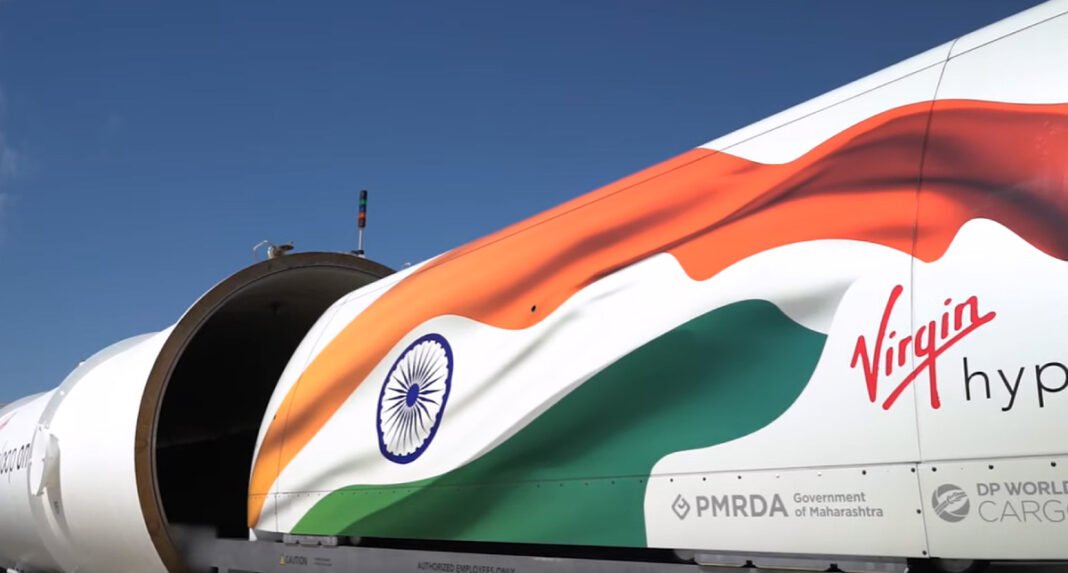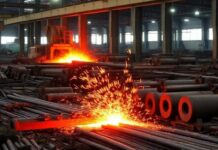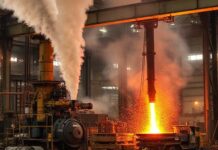India’s venture into the future of transportation is rapidly progressing, as construction of Asia’s first Hyperloop test track nears completion at the Indian Institute of Technology Madras (IIT Madras). This groundbreaking project, a collaborative effort spearheaded by TuTr Hyperloop Private Limited in partnership with L&T Construction, ArcelorMittal, and Indian Railways, signifies a monumental leap forward in the nation’s transportation infrastructure.
Hyperloop technology presents a transformative vision for high-speed, sustainable transportation, offering significant advantages for both passenger and cargo movement. The system leverages a network of evacuated tubes, within which autonomous pods travel at exceptional velocities propelled by advanced propulsion systems. Compared to traditional modes of transport, Hyperloop promises superior efficiency, boasting ten times greater energy efficiency than road transport and aviation, while requiring significantly less space. Additionally, travel times are projected to be considerably shorter than those offered by air travel.
The current project focuses on the construction of a test track, which has already achieved a commendable 70% completion rate. Expected to be fully operational by the end of May, this initial phase paves the way for further development and refinement of the technology.
A notable aspect of the Indian Hyperloop project is the “Garuda Vahaan” pod, named after the mythical swift-flying bird. This meticulously designed pod embodies the essence of the project’s objective – rapid and efficient transportation. The pod boasts a maximum speed of 150 kilometers per hour and utilizes a robust 650V power train, solidifying its position as a frontrunner in the realm of high-speed transport. Moreover, the pod incorporates cutting-edge magnetic levitation technology for propulsion, coupled with pneumatic and hydraulic braking systems to ensure optimal safety. The design of the Garuda Vahaan pod prioritizes aerodynamic efficiency, drawing inspiration from the falcon and incorporating principles of computational fluid dynamics analysis to minimize drag and maximize performance.
The Indian Hyperloop project stands as a testament to the nation’s commitment to innovation and progress in the transportation sector. This pioneering endeavor holds immense potential to revolutionize the movement of goods, enhance industrial efficiency, and establish new benchmarks for speed, sustainability, and overall efficiency in the transportation landscape.





